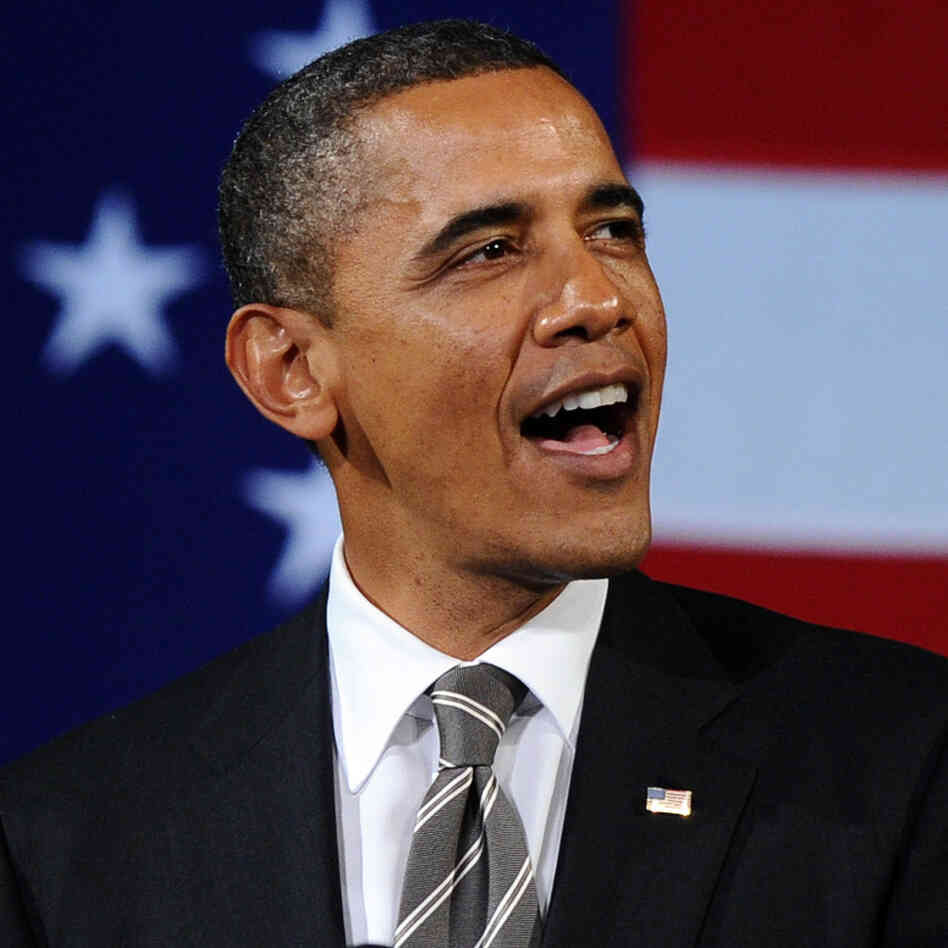
Image by photobucket.com
Communicating with Different Cultures
Communicating with different cultures can be a difficult task. All of our cultures have a distinct set of beliefs, customs, and rules. We may not be aware that we relate to each culture differently because of personal biases and stereotyping that has been embedded is us from birth. We react in a subconscious manner based on beliefs about that particular culture(O‘Hair, D., Wiemann, M., Mullin, D. I., & Teven, J. (2015)
The challenge for communication should be addressed because of our diverse society in the classroom and workplace. We are all products of our individual culture. We respond to cultures differently, because we are different. It is important to recognize our similarities and differences with respect to our cultural beliefs and customs.
I am aware that that I communicate with special needs community with more compassion than others. My tone and understanding are different when I am speaking to them. I tend to use more gestures and body language. I am more direct and precise when speaking to my co-workers. I think I am more polished and probing when I communicate in the political arena. When I am addressing parents, I tend to speak in an empathetic manner, always trying to show support and remain professional.
Here are some strategies I use to help me communicate more effectively.
-
Watch for non-verbal cues: This is very important to ensure effective communication with your audience. Often times we can get cues from the group we are communicating with by body language and gestures. A nod can mean that we are communicating with each other and ensuring a sense of agreement.
-
Be honest and open-minded with the audience: The audience will respect you if you are open-minded to their opinions and do not come off as a know it all. Communicating can be a difficult for the best communicators. Respect your audience as contributors not the enemy (O’Hair, D., Wiemann, M., Mullin, D. I., & Teven, J. (2015)
-
Check for understanding and feedback: Give your audience a chance to ask questions for clarity. Sometimes we think the audience understand everything we have communicated, but this simply is not true. An effective communicator will seek for understanding of subject matter. In the end allow time for positive and improved feedback. An effective communicator will want to know how they can improve. This can be done in written form or oral.
Although communication can be difficult at times (especially, when we are focused on using the Platinum Rule). There are numerous strategies that can be demonstrated in effective communication that can make many of us great communicators. It takes time and a lot of practice. I am elated to know it is an attainable goal. A great communicators will excel in life and will most likely improve the life of others. One of my personal goal in life is to be an effective communicator.
Reference:
-
: O’Hair, D., Wiemann, M., Mullin, D. I., & Teven, J. (2015). Real communication (3rd. ed). New
York: Bedford/St.Martins



 s
s

